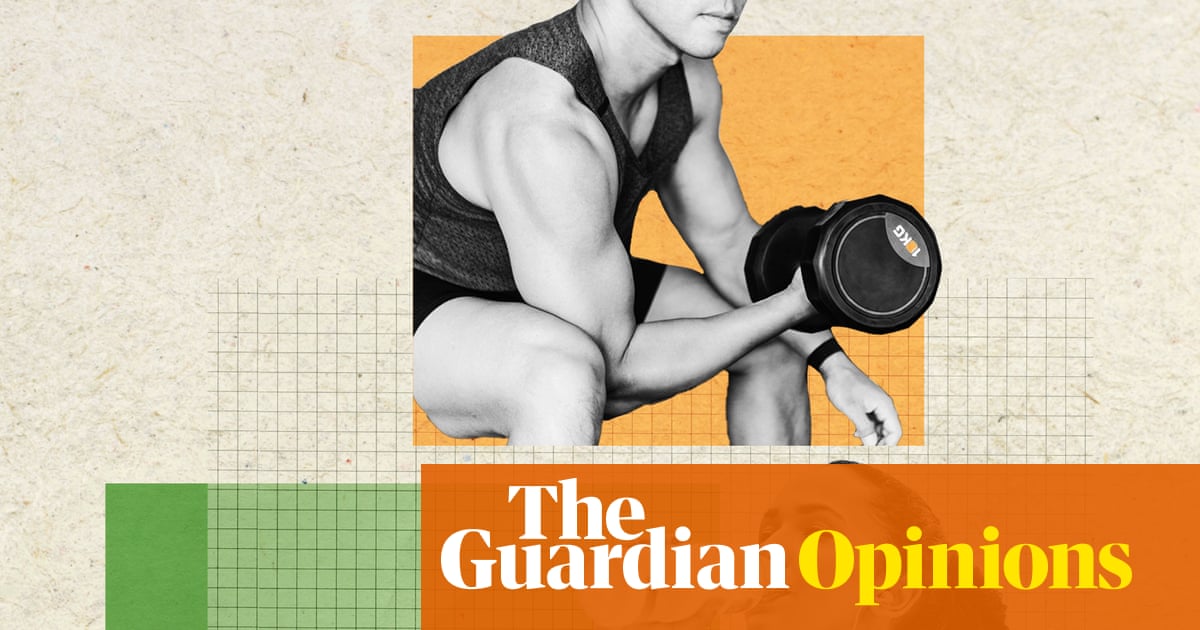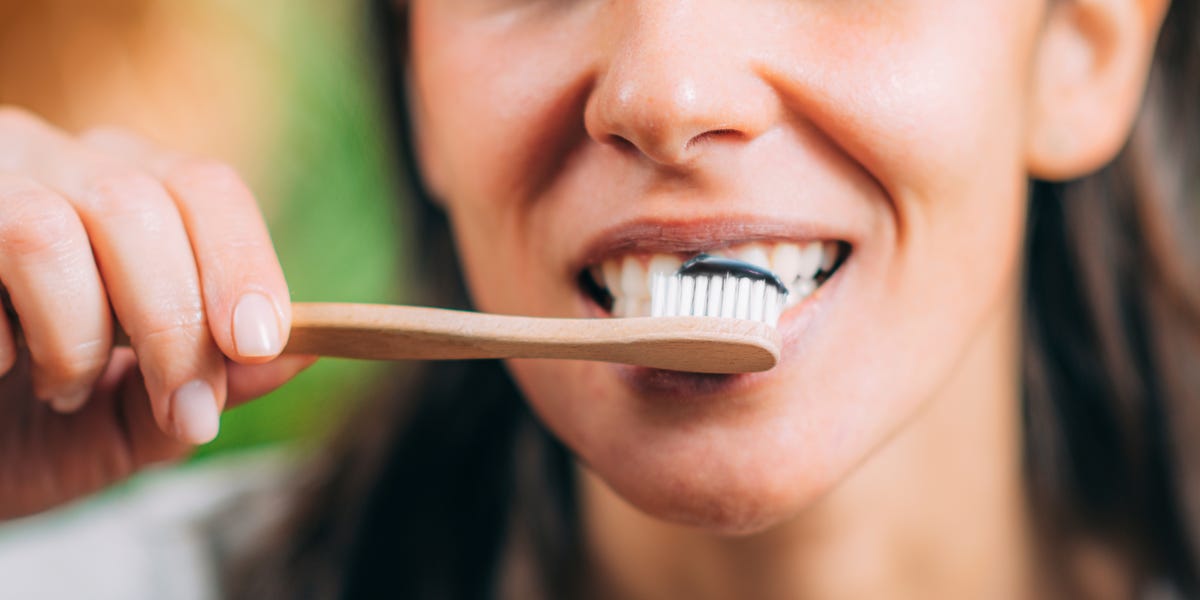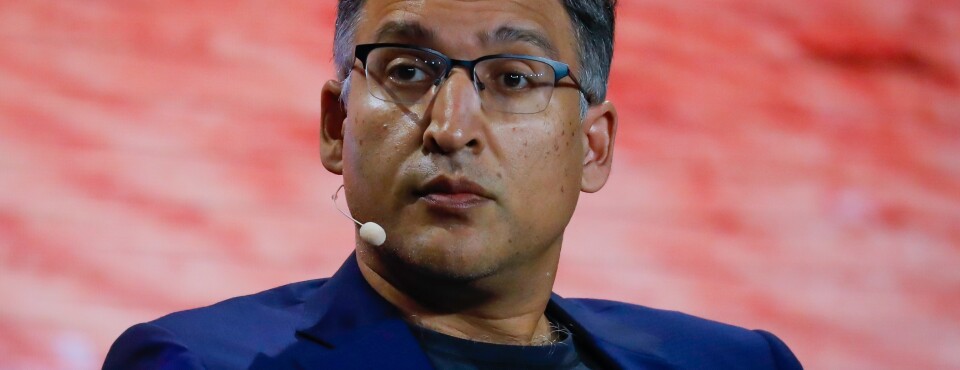Having infiltrated products ranging from chips to pancakes, protein is now being marketed as a healthy addition to … water.
Influencers on TikTok and Instagram have been paid to promote protein water sachets and premade drinks, praising the confectionery-like flavours for helping them meet their “protein goals”. The products are also appearing in vending machines and are being handed out as freebies at fitness studios.
What exactly is protein water and do we need it?
The accredited dietitian Daisy Coyle, who is also a research fellow at the George Institute, says protein water is “almost a mashup between a protein shake and a sports drink as they have the protein of a traditional protein shake with the hydration and fruity flavour of a sports drink”.
“These products are surging in popularity within the health and fitness industry and are often marketed as a lighter alternative to traditional protein shakes, which are a lot heavier, milkier and higher in calories.”
But as Dr Evangeline Mantzioris, a sports dietitian at the University of South Australia, points out: “Australians don’t need more protein.”
“About 99% of the healthy Australian population get the protein they need in their diet,” she says.
“Per serve, these drinks seem to contain about 20 grams of protein, and that’s a significant amount. For someone who was struggling to get protein in, because they might have an illness, for example, this may be useful. But if you don’t need it, your body just stores it as fat.”
This counteracts the claims on some protein drinks that the products help with weight loss and building lean muscle mass, she says.
Weight-loss claims ‘misleading’
Danielle Shine, a PhD candidate researching nutrition misinformation on social media and an accredited dietitian and nutritionist, says positioning protein waters as effective weight-loss aids is misleading, especially when compared with whole-food sources of protein.
“While protein can support weight management by increasing feelings of fullness and helping to maintain lean muscle mass during periods of calorie restriction, these benefits depend on factors including overall diet quality, total protein intake, and the source of protein,” she says.
“Whole food sources of protein provide additional nutrients, including healthy fats (such as chicken) and fibre (such as legumes) that protein waters lack, which help to enhance satiety and satisfaction after eating.”
Protein waters only provide modest amounts of protein compared with whole-food sources, she says, while also being more expensive per gram of protein than both animal and plant-based sources.
“Relying on protein waters for weight loss isn’t likely to be sustainable, effective or cost-effective,” Shine says. “It also risks reinforcing the idea that ‘quick fixes’ or trendy, expensive products are necessary for weight loss, which is unhelpful and untrue.”
Additives such as electrolytes offer ‘little value’
Coyle says while whey protein is effective for building and repairing muscle, “many of these drinks are made with a whey and collagen blend”.
“Not only is the whey protein amount often lower than required for muscle synthesis, but the collagen is not a complete protein, so you won’t get the same benefits that you would get from a whole protein like whey or food-based protein sources like meat and eggs,” she says.
Mantzioris adds that the idea that protein needs to be consumed quickly within a short time after a workout has also been disproved, and it is more beneficial to health and fitness goals to get protein from a range of food sources throughout the day.
Far from being healthy, protein water drinks are also considered an ultra-processed food due to their added sweeteners, artificial flavours and additives, Coyle says.
And while some additives like electrolytes, vitamins and minerals may sound beneficial, Shine says these offer little practical value for most people – “Manufacturers add them, often mainly to justify a higher price,” she says.
“Electrolytes such as sodium are already abundant in everyday foods, particularly packaged products,” Coyle says. “Prolonged high sodium intakes can raise blood pressure and increase the risk of heart disease, particularly in people with hypertension.”
No substitute for a healthy diet
Mantzioris says because the products are so expensive people often commit to finishing the entire canister.
“People pick the one product and consume all of it in a large amount continuously, as opposed to having a bit of cheese from this area, and chicken that comes from over there, and fish that comes from the sea.”
Instead of the protein craze, she says she wishes people would focus on getting more fibre.
“Australians get on average 11 grams of fibre per day, and we need to be having somewhere between 25 and 30 grams. And we know that fibre is actually critical for reducing your risk of getting bowel cancer, and for overall health.”
-
Melissa Davey is Guardian Australia’s medical editor. She holds a master of public health, has worked with the World Health Organization and moonlights as a fitness instructor
-
Antiviral is a fortnightly column that interrogates the evidence behind the health headlines and factchecks popular wellness claims
First Appeared on
Source link












